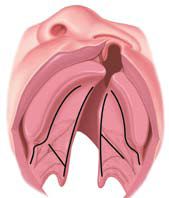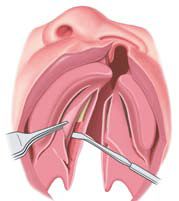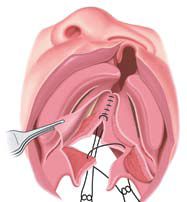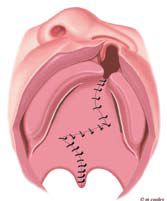Cleft Palate Surgery
Cleft palate surgery is typically performed on infants that are between 6 and 18 months of age. Since the primary goal of repairing the palate is to avoid any abnormal speech development, the surgery is scheduled earlier before the child develops much speech.
Even after the opening is completely closed, an additional surgical procedure may occasionally be needed so that normal speech is obtained. As with cleft lip surgery , the tissue of the palate is detached and rearranged to close the cleft. There is generally no need to take tissue from other parts of the body for this procedure. The muscles of the soft palate are also re-positioned to allow for the best possible function for speech.
With each of the cleft operations, the child's growth and development must be taken into consideration. As the child grows, additional procedures may be needed in order to restore normal form and function for the child with cleft lip or palate.




